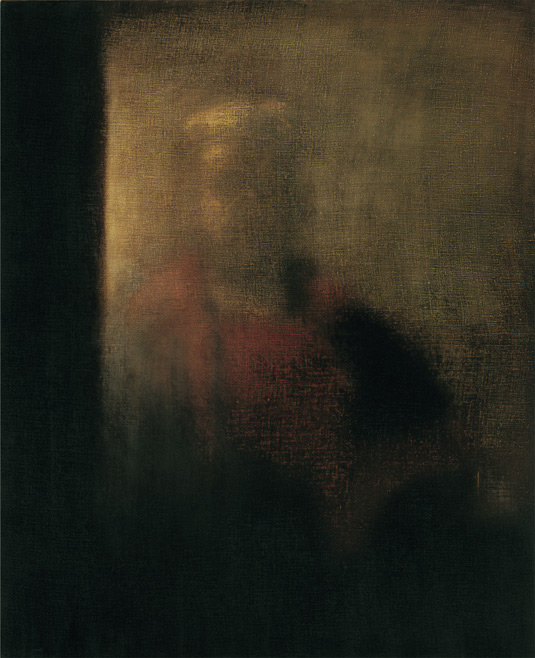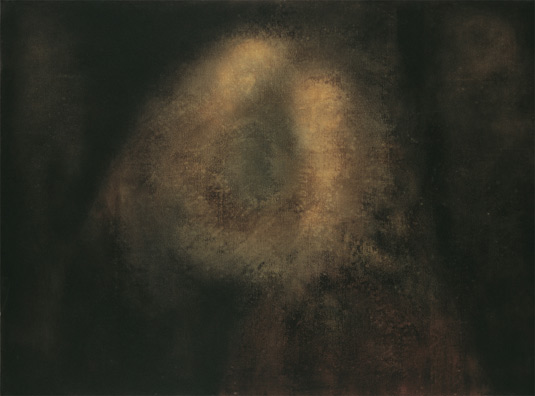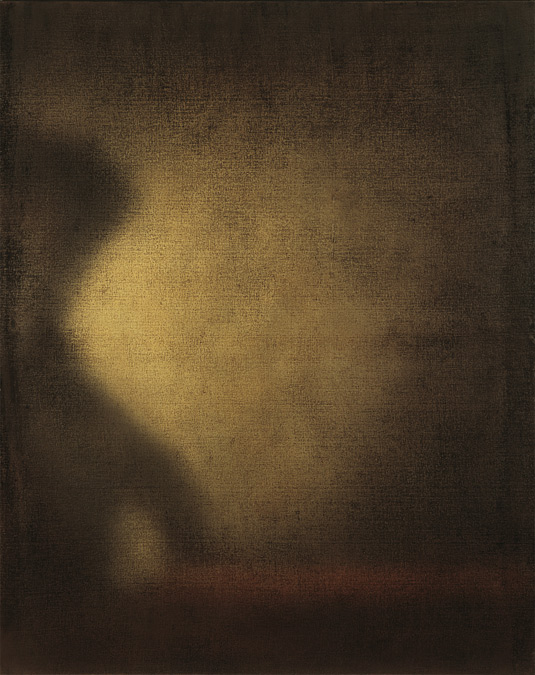




Nikolai Makarov’s intensive involvement with the old masters and their approaches—with the motifs and styles of important painters such as Titian, Goya, Caravaggio and de la Tour, whose work he studied early in his career by visiting various collections in Berlin and in the St. Petersburg Hermitage—was subsequently accompanied by a search for new formal possibilities. Above all, it was Makarov’s engagement with the painting of Rembrandt that would prove especially fruitful in producing his later work and bring him closer toward achieving his aims. Partly adopting the master’s compositional precepts, Makarov began to reference much of Rembrandt’s major work more directly toward the end of the 1980s, reworking the newly resulting impulses by submitting the given spatial and figural elements to radical yet plausible revision.
